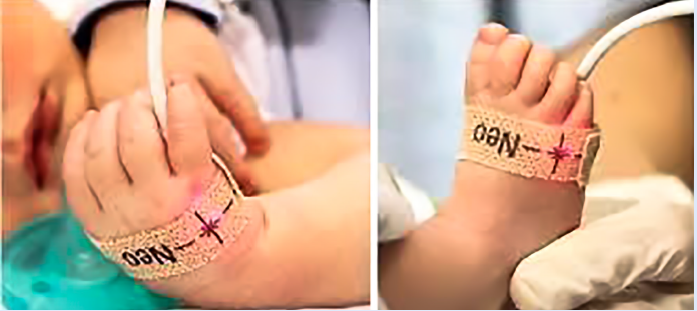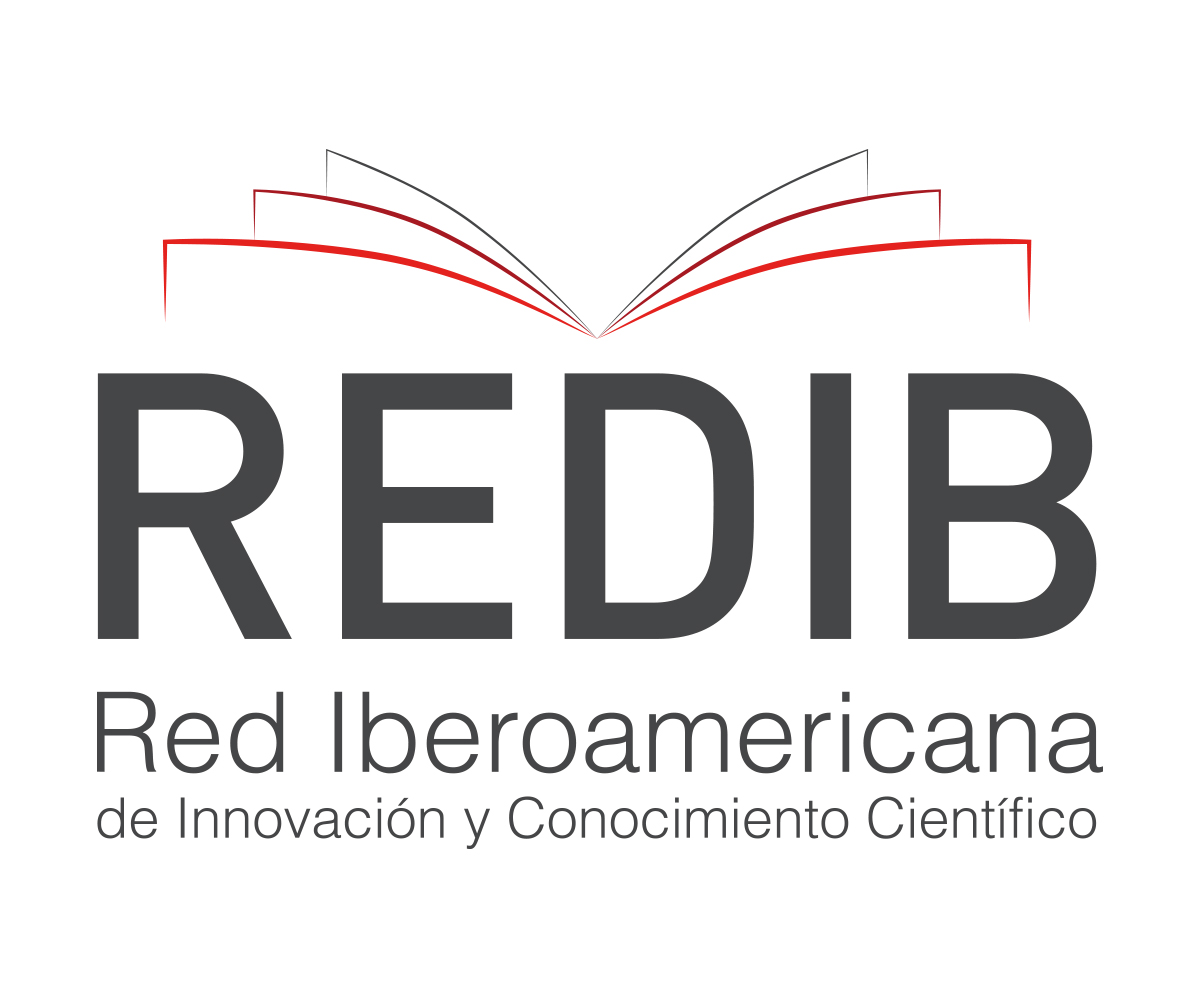Neonatal screening for critical congenital heart diseases in Peru: an urgent call
DOI:
https://doi.org/10.47487/apcyccv.v5i3.366Keywords:
Cardiopatías Congénitas, Tamizaje Neonatal, Oximetría, Salud Pública, PerúAbstract
Congenital heart diseases are the most common congenital malformations worldwide and represent one of the leading causes of neonatal death, in addition to the significant use of human and financial resources by health systems. The purpose of this document is to support the implementation of neonatal screening for critical congenital heart diseases using pulse oximetry according to the different geographical altitudes of Peru. This technology is widely used worldwide and has high sensitivity, specificity, and cost-effectiveness. At many latitudes, it has led to better survival in this group of patients and in the neonatal population in general since its use in the early detection of sepsis, pneumonia, and other conditions that affect the oxygenation of the newborn. Neonatal screening for critical congenital heart disease is applicable at all levels of healthcare at a national level, and its implementation must be a priority to improve neonatal health.
Downloads
References
Giang KW, Mandalenakis Z, Fedchenko M, Eriksson P, Rosengren A, Norman M, et al. Congenital heart disease: changes in recorded birth prevalence and cardiac interventions over the past half-century in Sweden. Eur J Prev Cardiol. 2023;30(2):169-76. doi: 10.1093/eurjpc/zwac227.
Mahle WT, Newburger JW, Matherne GP, Smith FC, Hoke TR, Koppel R, et al. Role of pulse oximetry in examining newborns for congenital heart disease: a scientific statement from the American Heart Association and American Academy of Pediatrics. Circulation. 2009;120(5):447-58. doi: 10.1161/CIRCULATIONAHA.109.192576.
Jullien S. Newborn pulse oximetry screening for critical congenital heart defects. BMC Pediatr. 2021;21(Suppl 1):305. doi: 10.1186/s12887-021-02520-7.
Chang RK, Gurvitz M, Rodriguez S. Missed diagnosis of critical congenital heart disease. Arch Pediatr Adolesc Med. 2008;162(10):969-74. doi: 10.1001/archpedi.162.10.969.
Martin GR, Beekman RH, 3rd, Mikula EB, Fasules J, Garg LF, Kemper AR, et al. Implementing recommended screening for critical congenital heart disease. Pediatrics. 2013;132(1):e185-92. doi: 10.1542/peds.2012-3926.
Ministerio de Salud. Manual de registro y codificación de la atención de salud en la consulta externa: Etapa de vida niño. Sistema de Información HIS [Internet]. Lima, Minsa; 2021 [2 de febrero del 2024]. Disponible en: https://www.gob.pe/institucion/minsa/informes-publicaciones/3249352-manual-de-registro-y-codificacion-de-la-
atencion-de-salud-en-la-consulta-externa-etapa-de-vida-nino-sistema-de-informacion-his.
Masimo. Newborn Critical Congenital Heart Disease (CCHD) Screening: A Step-by-Step Instructional Guide1 Using an Adhesive Disposable Sensor [Internet]. Irvine, CA: Masino; 2017 [2 de Febrero de 2024]. Disponible en: https://professional.masimo.com/siteassets/uk/documents/pdf/plm-10455a_sales_tool_cchd_screening_adhesive_sensor_british.pdf.
Plana MN, Zamora J, Suresh G, Fernandez-Pineda L, Thangaratinam S, Ewer AK. Pulse oximetry screening for critical congenital heart defects. Cochrane Database Syst Rev. 2018;3(3):CD011912. doi: 10.1002/14651858.CD011912.pub2.
Romero Chinga JME. Efectividad de la Oximetría de pulso como Screening en Cardiopatías Congénitas críticas en recién nacidos, Hospital Nacional Edgardo Rebagliati Martins, 2018 [tesis de bachiller]. Lima: Universidad Nacional Jose Faustino Sanchez Carrion; 2018.
Sola A, Rodriguez S, Young A, Lemus Varela L, Villamayor RM, Cardetti M, et al. CCHD Screening Implementation Efforts in Latin American Countries by the Ibero American Society of Neonatology (SIBEN). Int J Neonatal Screen. 2020;6(1):21. doi: 10.3390/ijns6010021.
Comité Mexicano para el Tamiz Neonatal Cardiaco. Tamiz neonatal cardiaco: beneficios de su implementación en México. Rev Mex Pediatr. 2022;89(S 1):7-37.
Londono Trujillo D, Sandoval Reyes NF, Taborda Restrepo A, Chamorro Velasquez CL, Dominguez Torres MT, Romero Ducuara SV, et al. Cost-effectiveness analysis of newborn pulse oximetry screening to detect critical congenital heart disease in Colombia. Cost Eff Resour Alloc. 2019;17:11. doi: 10.1186/s12962-019-0179-2.
García-Benítez L G-GV, Agudelo-Botero M, Mier-Martínez M, Palacios-Macedo A, Durán-Arenas L. Análisis de costoefectividad de la oximetría de pulso como prueba de detección de las cardiopatías congénitas críticas en México. Salud Publica Mex. 2022;64:377-84. doi: 10.21149/13553.
Abouk R, Grosse SD, Ailes EC, Oster ME. Association of US State Implementation of Newborn Screening Policies for Critical Congenital Heart Disease With Early Infant Cardiac Deaths. JAMA. 2017;318(21):2111-8. doi: 10.1001/jama.2017.17627.
Jawin V, Ang HL, Omar A, Thong MK. Beyond Critical Congenital Heart Disease: Newborn Screening Using Pulse Oximetry for Neonatal Sepsis and Respiratory Diseases in a Middle-Income Country. PLoS One. 2015;10(9):e0137580. doi: 10.1371/journal.pone.0137580.
Cardarelli M, Vaikunth S, Mills K, DiSessa T, Molloy F, Sauter E, et al. Cost-effectiveness of Humanitarian Pediatric Cardiac Surgery Programs in Low- and Middle-Income Countries. JAMA Netw Open. 2018;1(7):e184707. doi: 10.1001/jamanetworkopen.2018.4707.
Torres-Romucho CE, Uriondo-Ore VG, Ramirez-Palomino AJ, Arroyo-Hernandez H, Loo-Valverde M, Protzel-Pinedo A, et al. [Factors associated with survival at one year of life in neonates with severe congenital cardiopathy in A National Hospital in Peru]. Rev Peru Med Exp Salud Publica. 2019;36(3):433-41.
Congreso de la República del Perú. Ley 29885. Ley que declara de interés nacional la creación del programa de tamizaje neonatal universal [Internet]. El Peruano. 2012 [2 de febrero del 2024]. Disponible en: https://www.leyes.congreso.gob.pe/Documentos//ExpVirPal/Normas_Legales/29885-LEY.pdf
Congreso de la República del Perú. Ley 31975. Ley que modifica la ley 29885 [Internet]. El Peruano. 2024 [2 de febrero del 2024]. Disponible en: https://busquedas.elperuano.pe/dispositivo/NL/2251967-1.
Tauma-Arrué A, Chávez-Saldivar S, Mego JC, Luis-Ybáñez O, Coronado-Quispe J, Lucena S, et al. Trends in outpatient visits and deaths due to congenital heart defects in Peru. Int J Cardiol Congen. 2022;7:100334. DOI:10.1016/j.ijcchd.2022.100334.
Mandalenakis Z, Giang KW, Eriksson P, Liden H, Synnergren M, Wahlander H, et al. Survival in Children With Congenital Heart Disease: Have We Reached a Peak at 97%? J Am Heart Assoc. 2020;9(22):e017704. doi: 10.1161/JAHA.120.017704.
Rojas-Camayo J, Mejia CR, Callacondo D, Dawson JA, Posso M, Galvan CA, et al. Reference values for oxygen saturation from sea level to the highest human habitation in the Andes in acclimatised persons. Thorax. 2018;73(8):776-8. doi: 10.1136/thoraxjnl-2017-210598.
Julian CG, Moore LG. Human Genetic Adaptation to High Altitude: Evidence from the Andes. Genes (Basel). 2019;10(2):150. doi: 10.3390/genes10020150
Niermeyer S, Shaffer EM, Thilo E, Corbin C, Moore LG. Arterial oxygenation and pulmonary arterial pressure in healthy neonates and infants at high altitude. J Pediatr. 1993;123(5):767-72. doi: 10.1016/s0022-3476(05)80857-1.
Miao CY, Zuberbuhler JS, Zuberbuhler JR. Prevalence of congenital cardiac anomalies at high altitude. J Am Coll Cardiol. 1988;12(1):224-8. doi: 10.1016/0735-1097(88)90378-6.
Wright J, Kohn M, Niermeyer S, Rausch CM. Feasibility of critical congenital heart disease newborn screening at moderate altitude. Pediatrics. 2014;133(3):e561-9. doi: 10.1542/peds.2013-3284.
Tekleab AM, Sewnet YC. Role of pulse oximetry in detecting critical congenital heart disease among newborns delivered at a high altitude setting in Ethiopia. Pediatric Health Med Ther. 2019;10:83-8. doi: 10.2147/PHMT.S217987.
Gonzalez-Andrade F, Echeverria D, Lopez V, Arellano M. Is pulse oximetry helpful for the early detection of critical congenital heart disease at high altitude? Congenit Heart Dis. 2018;13(6):911-8. doi: 10.1111/chd.12654.
Paranka MS, Brown JM, White RD, Park MV, Kelleher AS, Clark RH. The impact of altitude on screening for critical congenital heart disease. J Perinatol. 2018;38(5):530-6. doi: 10.1038/s41372-018-0043-9.
Bravo-Jaimes K, Vasquez-Loarte T, Rojas-Camayo J, Medina M, Mejia CR, Zapata-Galarza H, et al. A new algorithm DEtectS critical Congenital Heart Disease at different altitudes: ANDES-CHD study. J Perinatol. 2024;44(3):373-8. doi: 10.1038/s41372-024-01888-5.
Sneeringer MR, Vadlaputi P, Lakshminrusimha S, Siefkes H. Lower pass threshold (>/=93%) for critical congenital heart disease screening at high altitude prevents repeat screening and reduces false positives. J Perinatol. 2022;42(9):1176-82. doi: 10.1038/s41372-022-01491-6.
Akkinapally S, Hundalani SG, Kulkarni M, Fernandes CJ, Cabrera AG, Shivanna B, et al. Prostaglandin E1 for maintaining ductal patency in neonates with ductal-dependent cardiac lesions. Cochrane Database Syst Rev. 2018;2(2):CD011417. doi: 10.1002/14651858.CD011417.pub2.
Singh Y, Mikrou P. Use of prostaglandins in duct-dependent congenital heart conditions. Arch Dis Child Educ Pract Ed. 2018;103(3):137-40. doi: 10.1136/archdischild-2017-313654.

Downloads
Published
Issue
Section
License
Copyright (c) 2024 The journal is headline of the first publication, then the author giving credit to the first publication.

This work is licensed under a Creative Commons Attribution 4.0 International License.














